The film opens with a title card explaining that the film you are about to see is “A tale of fantasy – and adventure in speculation – a vivid pictorialization of an author’s imaginative flight,” and it then goes on to explain that it has to be fantasy because God, as stated in the Holy Bible, promised not to pull any of that kind of crap again.
I must say this is the strangest way to avoid calling God a liar.
The movie proper begins with a group of scientists who are very concerned with the rapidly dropping barometer readings – forcing them to issue severe weather warnings that will ground planes and cause ships to seek safe harbor – but things go from bad to worse when there is an unexpected solar eclipse; earthquakes begin to shake countries across the globe, the West Coast of America falls into the sea, the Arctic Ocean is overflowing, causing the Great Lakes to submerge Chicago, and massive quakes topple the skyscrapers of New York City, just before an immense tidal wave roars in to finish the job. To say that the miniature work of the city being destroyed, as buildings rock and crumble in a stunning array of shots, is amazing would be a gross understatement, and it's with this film that special effects director Ed Mann set the bar for cinematic mass destruction to come — and he set it very very high.What makes this movie more of an apocalyptic film rather than a disaster movie is all the carnage takes place before the movie’s twenty-minute mark. The remaining forty-six minutes – and yes, that means this film is only 66 minutes long – is about the survivors and what has become of society. Usually your typical disaster film will spend around an hour setting up a variety of characters – that we can later tick off as they live or die by the whims of the screenwriter – but this movie has only a couple of characters introduced before the world, as they know it, meets its end. We meet professional swimmer Claire Arlington (Peggy Shannon) – whose plans to break a long distance swimming lesson were cancelled by the storm – and Martin Webster (Sidney Blackmer) and his wife Helen (Lois Wilson), who try to get their two children to safety as the world falls apart around them. When the storm waters recede, and the weather clears, we find a lone survivor standing in a new and bleak landscape.
Somewhere Burgess Meredith has just broken his reading glasses.
We are then introduced to two men, Jepson (Fred Kohler) and Norwood (Ralf Harolde), surviving in a cabin located on the outskirts of New York, their prospects of living in this newly devastated world doesn’t at first seem all that promising, as the two don’t get along and the cowardly Norwood is alive only on the sufferance of the much larger Jepson, but when Jepson finds Claire Arlington washed ashore – who also somehow survived the destruction of New York City – things look up for the two men, if they don’t kill each other over this new prize, that is. Things do not look decidedly up for poor Claire.“Who said beachcombing is for bums?”
This is where the film gets dark – as if worldwide destruction on an unparalleled scale wasn’t dark enough – we have Jepson claiming “finders keepers,” and Norwood trying to rape Claire the minute Jepson has his back turned. Jepson easily kills the weaker Norwood, but Claire doesn’t stay around to congratulate the winner, and she dives back into the sea. Lucky for Claire the next beach she washes up on is inhabited by Martin Webster – living alone in a cabin by a large cave – and the two begin a slow to halting relationship, one that hits a few road bumps when Jepson arrives to reclaim his property. Unfortunately, Jepson isn’t the only danger out there – as Martin is soon to discover – because a gang of rapists and murderers roam the nearby territory, a group that Jepson quickly joins, and soon our young lovers are fighting for their lives against something even worse than pissed off Mother Nature.Note: This was a Pre-Code movie – meaning it was not under the governing offices of Motion Picture Production Code or “Hays Code” as it is more known – which allowed the filmmakers to include shots of the bound remains of a raped and murdered woman, not to mention Peggy Shannon in a two-piece bathing suit.
Deluge is loosely based on a book by English author S. Fowler Wright, and like the book, the movie explores the nature of humanity, how society would function when the “rule of law” is washed away with rest of the world. Martin Webster is depicted as a strong moral man – though I found his pushiness for her to decide to “be with him” a bit creepy at times, especially considering that she has just recently escaped being raped twice – and Jepson and his gang are depicted as the embodiment of anarchy and the animalistic nature of man. Things get a little complicated for Martin when they are rescued by people from a nearby settlement and it turns out his wife and kids survived the cataclysm — talk about awkward moments — and now Martin must choose between the mother of his children, who he still loves, and Claire, who he also deeply loves. Martin actually doesn’t decide – when Claire tells him that he must decide between his wife and her, the loser sobs, “I can’t make a choice” – and so after a Claire has a heated argument with Helen, with Claire telling the woman, “I’m used to fighting for what I want,” we get Claire actually making a unique decision, diving back into the sea to seek a new life somewhere else.
“Goodbye Martin, you dick.”
This differs greatly from the book, where Martin gets to have both Claire and Helen as wives, but that kind of ending would certainly not fly, even in a pre-code movie. The 1930s were a different time, racism and sexism didn’t really exist — I mean, they certainly existed, but the terms didn’t really exist yet — it was just the way things were; but this film does dance almost to the edge of progressiveness. In the survivors settlement, a man by the name Tom (Matt Moore), one of the townsmen who found Helen in the aftermath, informs her that because there are more men than women, the menfolk have passed a decree that any adult woman must have a mate, and he hopes she will choose him. Helen turns down this offer, refusing to believe her husband is dead, despite the overwhelming odds, and when he does arrive, with his new woman, she takes things surprisingly well. That Claire’s ultimate reaction to this is “Fuck that for a bag of chips,” and takes off into the unknown, is rather empowering.Note: The film is not progressive enough to avoid horrible black stereotypes.
Films like The Day After Tomorrow and television shows like The Walking Dead owe much to director Felix E. Feist's Deluge, it both created the mold of what disaster films would become, and also explored the highs and lows of humanity in a post-apocalyptic world. At sixty-six minutes in length, it didn’t have too much time to delve very deep into such heady subject matters, but what we got was pretty interesting and well crafted.Eighty-Five years later, and I find that the twenty minutes of catastrophic destruction in Deluge still holds up to this day — more emotionally impactful than a lot of the CGI nonsense we get in modern blockbusters — with cinematographer Billy Williams, matte artist Russell Lawson and model builder Ned Mann, all putting in stellar work. I highly recommend checking out this once lost masterpiece – the whole thing is available on Youtube, but I recommend the Kino Lorber Blu-ray as it includes an informative commentary track, as well as a second feature film starring Peggy Shannon – and if you do check out this movie, I hope you will all be as pleasantly surprised as I was.
Note: The footage of New York’s destruction was sold by RKO to Republic Pictures, and used in such serials as Dick Tracy vs Crime Inc and King of the Rocket Men, as well as the movie S.O.S. Tidal Wave.
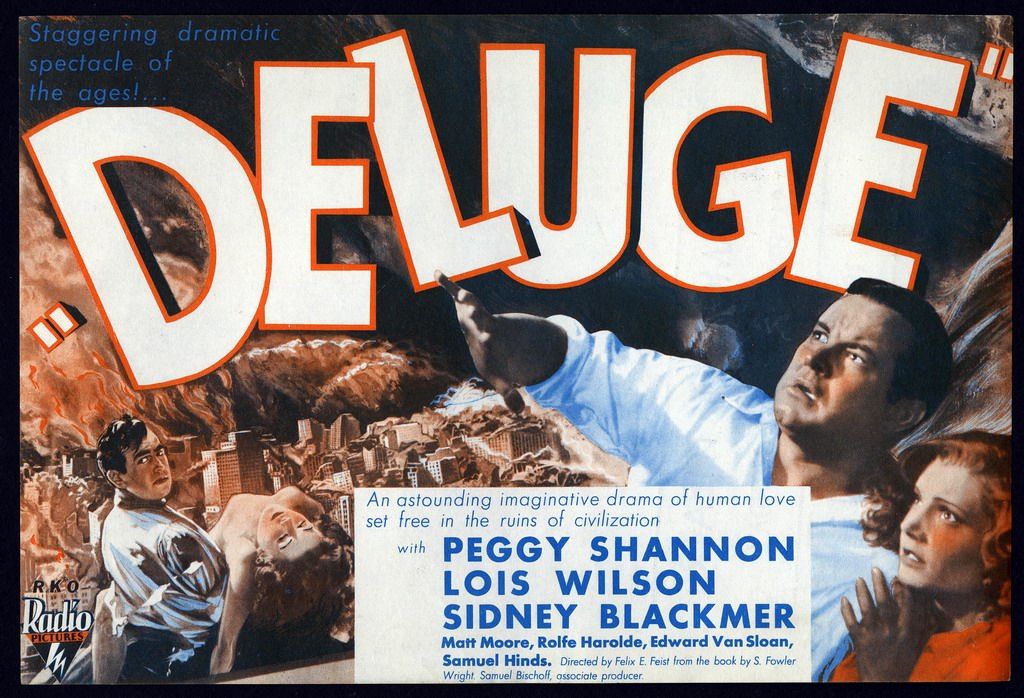
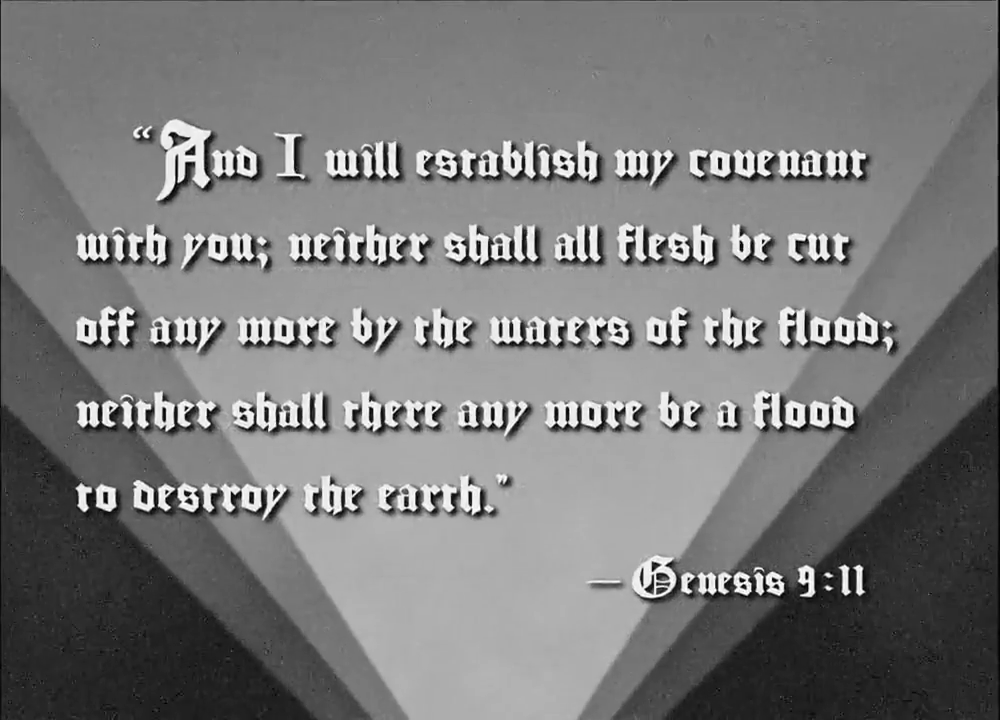


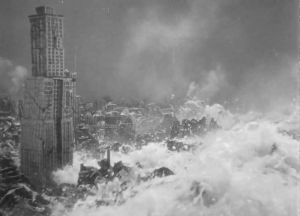
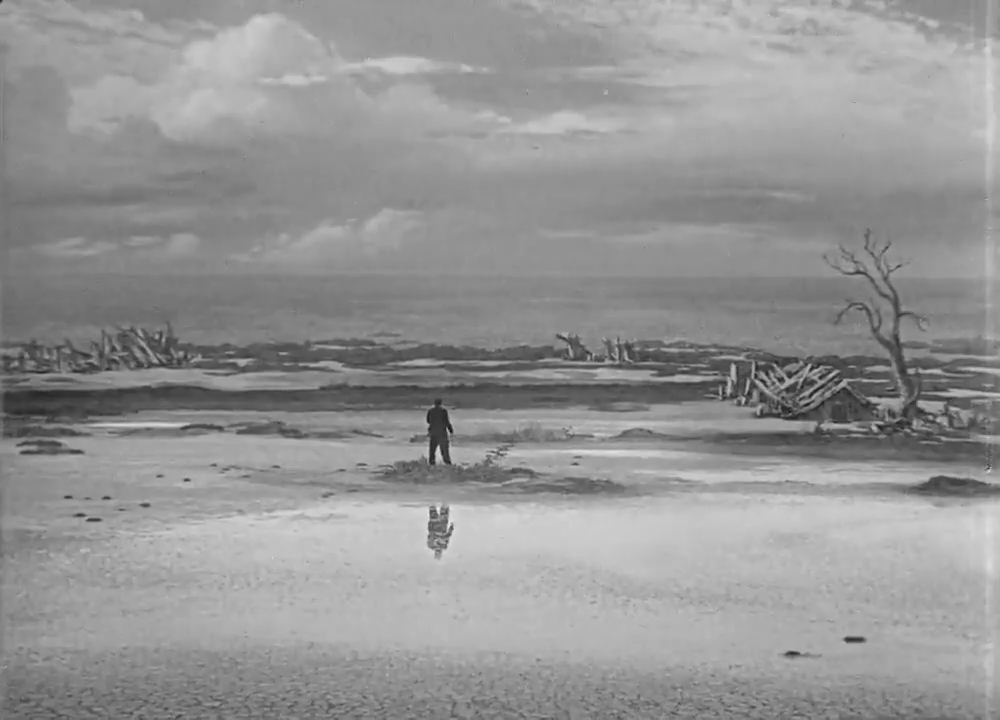



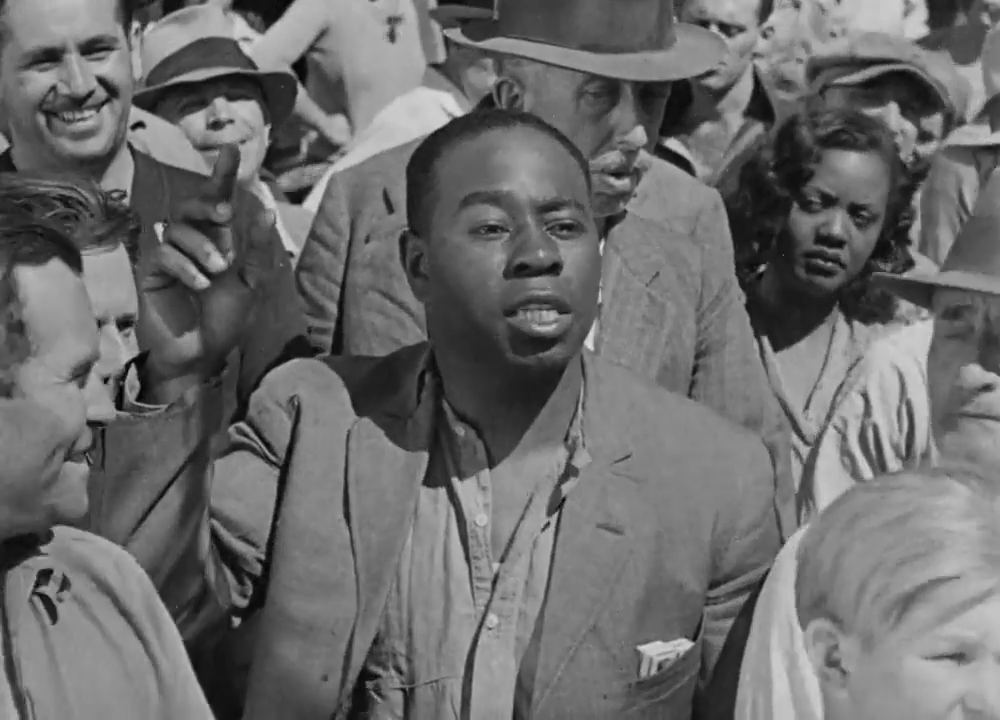
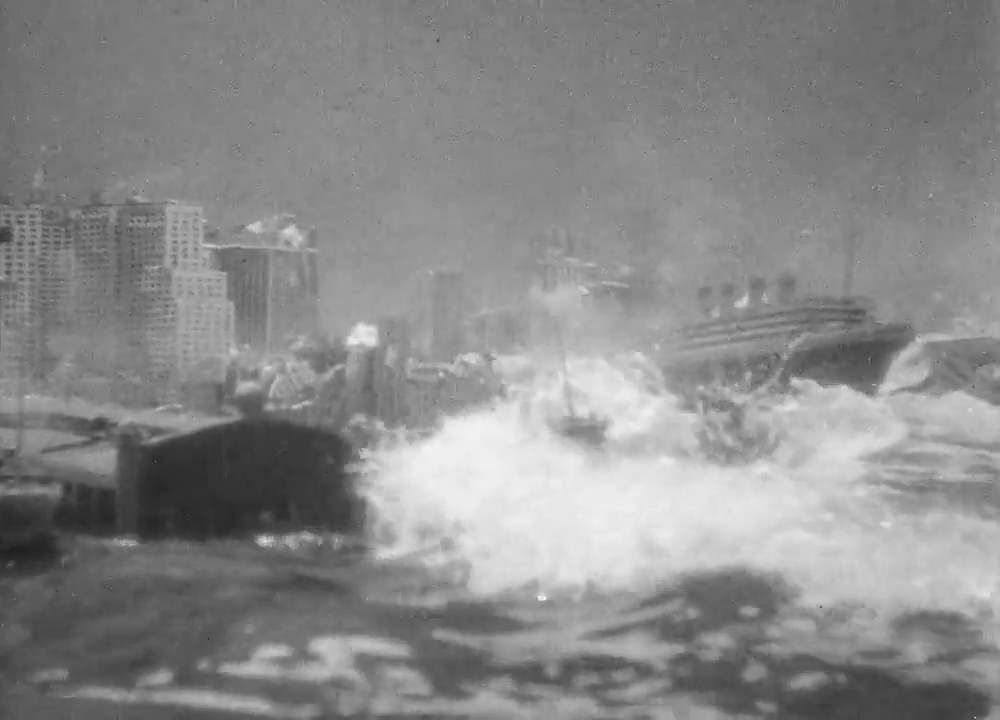

No comments:
Post a Comment